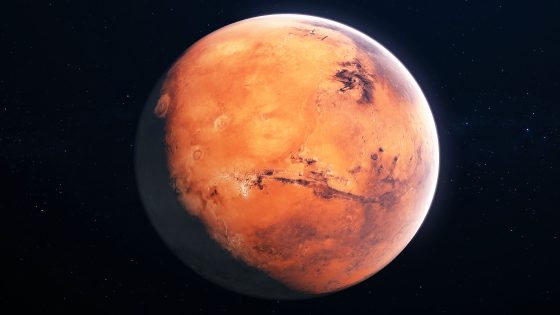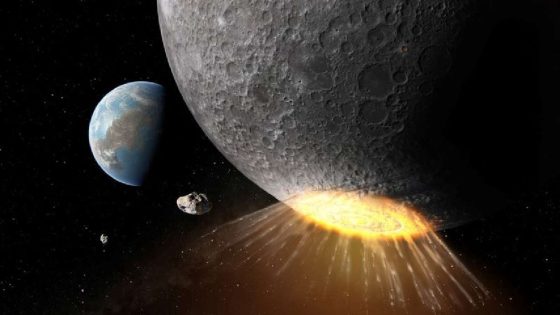Mars’s striking red color has intrigued people for centuries. Recent research suggests that understanding Mars’s red dust may reveal secrets about its ancient environment and potential for life. What if the key to Mars’s color lies in its watery past?
- Mars's red color comes from iron oxides.
- Ferrihydrite suggests past water presence.
- Ancient climate impacts Mars's habitability.
- Wind shapes and spreads Martian dust.
- Future missions aim to study Martian samples.
- Research reveals clues about Mars's history.
What Makes Mars Red? New Insights into the Planet’s Color
Why does Mars stand out with its vibrant red hue? The answer may lie in its ancient climate. Recent studies reveal that the red dust could be linked to ferrihydrite, a mineral formed in wet conditions. Could this mean that Mars was once more hospitable to life than we thought?
Exploring Mars’s Red Dust and Its Implications for Life
The discovery of ferrihydrite as a key component of Mars’s red dust has significant implications. This mineral suggests that liquid water once existed on the planet, challenging previous assumptions about its dry history. Here are some key points:
- Ferrihydrite forms in the presence of water, indicating past wet conditions.
- Previous missions found evidence of ancient lakes and streams.
- Understanding these minerals can inform US about Mars’s potential to support life.
- Future missions aim to confirm the presence of ferrihydrite in Martian samples.
How Mars’s Environment Has Changed Over Time
Research shows that Mars’s environment has shifted dramatically. Once, it may have had a thicker atmosphere and stable water sources. This transition could have occurred earlier than scientists previously believed, suggesting a more complex history for the Red Planet.
The Role of Wind in Shaping Mars’s Surface
Wind continues to play a vital role in shaping Mars’s landscape today. Dust storms sweep across the planet, redistributing iron oxides and affecting the planet’s appearance. These ongoing processes highlight the dynamic nature of Mars, despite its current harsh conditions.
Future Missions and the Search for Water on Mars
Upcoming missions, such as the NASA-ESA Mars Sample Return program, aim to gather Martian materials for analysis on Earth. By studying these samples, scientists hope to uncover when water was abundant on Mars and what that means for the possibility of life. The findings could reshape our understanding of Mars’s history and its potential for habitability.

































